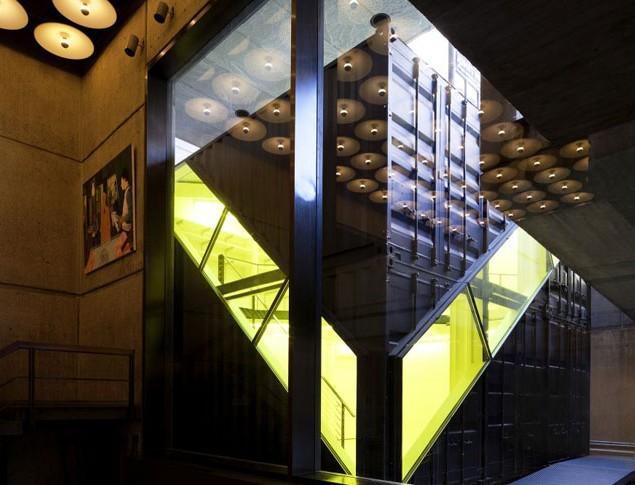According to Garden Pals, the Corona Virus pandemic created 18.3 million new gardeners. Unfortunately, many people are over-fertilizing in a zealous state to care for new gardens.
While fertilization has many benefits, it can cause harm if overdosed. Have you noticed brown or yellowing spots on your plants? Or perhaps you have unexplained dry patches of grass?
The cause for these garden problems could be over fertilization. In this article, we’ll look at tell-tale signs of over fertilization damage, how to prevent it, and cure it.
Salt Damage
Your lawn fertilizer will include salts to aid plant growth. For example, ammonium, phosphate, nitrate, and magnesium are all salts that your plants need. However, too much will pull away vital liquids from the roots in reverse osmosis.
It can cause salt damage, such as stunted growth or leaf discoloration. Here are the signs of salt damage from over fertilization.
- Wilting yellow leaves
- Browning leaf edges with slight curling
- Limp, blackened roots
- Increase in dropping leaves
- No signs of blossoming when expected
You may notice these signs in a small section of your garden or all over. You may also spot white residue on potted plants.
Soil Burn
Black and limp plant roots or dry lawn patches are the biggest over fertilization identifiers. Unfortunately, soil and grass take a long time to recover from soil burn. However, there are some tricks to prevent it:
- Follow the manufacturer’s instructions carefully because each fertilizer has recommended doses
- Measure your garden area and deduct spaces that are beddings or patios when calculating fertilizer quantities
- Don’t be tempted to fertilize stressed lawns or plants as it can aggravate problems
- Fertilize your lawn in marked sections to avoid spraying twice
- Do not put fertilizer onto leaves
- Use organic fertilizer
It is best to hire professionals if you have not used lawn fertilization before. For example, RDS lawn care will manage the above processes, ensuring that your lawn will get the correct dose of nutrients to thrive without risk of soil burn.
Knowing when to fertilize a lawn is also challenging. Professionals suggest three times a year; once in spring, once in summer, and once in late fall.
What to Do if You Over Fertilize
Don’t panic; you have time to remedy your garden before wilting, browning, and soil burn occurs. First, scrape off and dispose of residue lawn fertilizers from the topsoil.
Then douse over-fertilized areas with water until the soil is saturated. This will flush out the excess fertilizer in the ground. You may need to repeat this process weekly and remove any dead foliage. Finally, sow grass seeds in the damaged areas if you have over-fertilized your lawn.
Avoid Over Fertilization for the Blooming Best Garden
Now you are equipped with the know-how to rescue your greenery from over fertilization damage. Contact professionals if you are unsure about measuring and correctly fertilizing your garden. Follow our rescue tips to solve over-fertilization damage as soon as possible.
This year make your garden the best by safely fertilizing it. Check out our other gardening blogs for additional styling, planting, and landscaping ideas.









